For real change, sometimes it’s not about what you add, it’s about what you remove.
In Antifragile, Nassim Taleb’s concept of Via Negativa—the removal of harmful elements rather than addition—suggests that eliminating what doesn't serve us is often more powerful than adding more complexity. It’s a key element of how we might learn to thrive through and because of adversity.
It’s also closely tied to the psychological and behavioral approaches to personal and environmental mastery, which is a central concept in well-being and thriving.
Take Carol Ryff’s notion environmental mastery as a fundamental aspect of well-being. It refers to the ability to shape one’s environment in a way that fosters personal growth and fulfillment. Individuals with high environmental mastery feel competent in managing their life circumstances, actively shaping their surroundings to align with their personal goals and values. Mastery in that sense is not just about managing what’s present but also about strategically removing obstacles that get in the way of growth, well-being and other values or goals.
In behavioral science, improving our well-being doesn’t only mean adding more positive practices (e.g., mindfulness, exercise, or gratitude), but also removing the factors that hinder us. Taleb’s idea to subtract negative elements plays a crucial role here, particularly in shaping environments and habits that enable mastery.
Practical Strategies for Via Negativa
Adding Good vs. Removing Bad
While traditional approaches to personal growth often focus on adding good habits, such as positive thinking or building routines, Taleb’s Via Negativa, in psychological terms, suggests a stronger approach might lie in removing the bad. The simplicity of subtraction can reduce complexity, avoid overloading the mind, and remove unnecessary friction from life.
For example, instead of trying to improve focus by adding productivity hacks, we can eliminate distractions (like constant phone notifications), reduce triggers for procrastination, and remove unnecessary decision-making points. Behavioral change becomes much more sustainable when we clear space and focus on subtraction before addition.
Simplicity, Redundancy, and “Less is More”
One of Taleb’s principles is to favor simplicity and redundancy in systems and routines. When our environment is complex or overloaded with too many options, our capacity to maintain mastery weakens. Psychological research supports that simpler routines and redundancy (having backup plans) can improve emotional and cognitive flexibility.
Here’s how to apply these principles:
Simplicity: Develop fewer, more meaningful routines that focus on core priorities. This minimizes mental fatigue and increases consistency.
Redundancy: Build systems that have backups, like financial buffers or personal time buffers, to manage unforeseen circumstances with ease.
Automate, Eliminate, Delegate
By automating or removing unnecessary decisions, tasks, steps and effort, you free up cognitive resources to focus on what truly matters.
Automate: Use tools like automatic savings transfers, task scheduling, or pre-programmed decision-making tools to reduce the number of small decisions you need to make daily.
Eliminate: Eliminate triggers and distractions, such as unnecessary apps or constant email checking, which increase decision fatigue.
Delegate: Offload non-essential tasks to others where possible. This can be personal (household chores) or professional (delegating low-priority work).
These strategies aim to remove the “noise” that impedes progress, so you can dedicate more attention to meaningful, high-priority tasks.
Breaking Bad Habits
Both BJ Fogg’s Tiny Habits and James Clear’s Atomic Habits offer methods to remove bad habits, which is a key aspect of Via Negativa. These behavioral strategies focus on eliminating harmful routines rather than just layering positive ones.
BJ Fogg’s Approach: Focuses on making habit changes small and manageable by leveraging triggers and incremental changes. To remove a bad habit, he suggests replacing the trigger with something healthier or breaking the cycle by redesigning your environment to disrupt cues that lead to bad behaviors.
James Clear’s Approach: Clear advocates for focusing on the environment to make bad habits more difficult. This includes making the "bad" less visible or harder to access (e.g., putting junk food out of sight) and restructuring your environment to discourage unhealthy routines. For example, removing the temptation to check your phone by physically leaving it in another room during work hours.
Harnessing the Power of Less
Via Negativa provides a powerful framework for behavioral change, focusing on the removal of negatives rather than the addition of positives. This principle aligns well with psychological strategies for mastering one’s environment and achieving greater well-being. Whether it’s simplifying systems, automating decisions, eliminating distractions, or breaking bad habits, the strategy of subtraction is often the most effective way to enhance personal growth. By removing what no longer serves us, we create space for clarity, focus, and resilience. This approach not only builds a more antifragile life but also aligns with research on how we thrive—by mastering our environments through mindful elimination.

